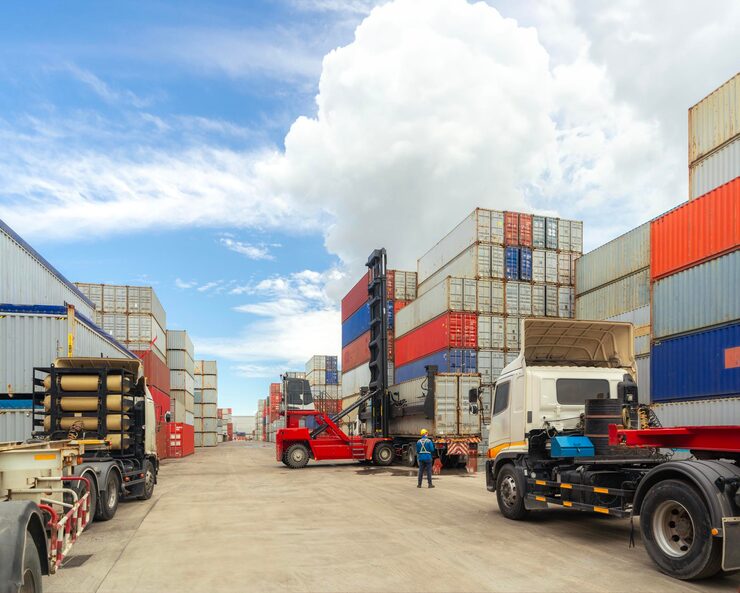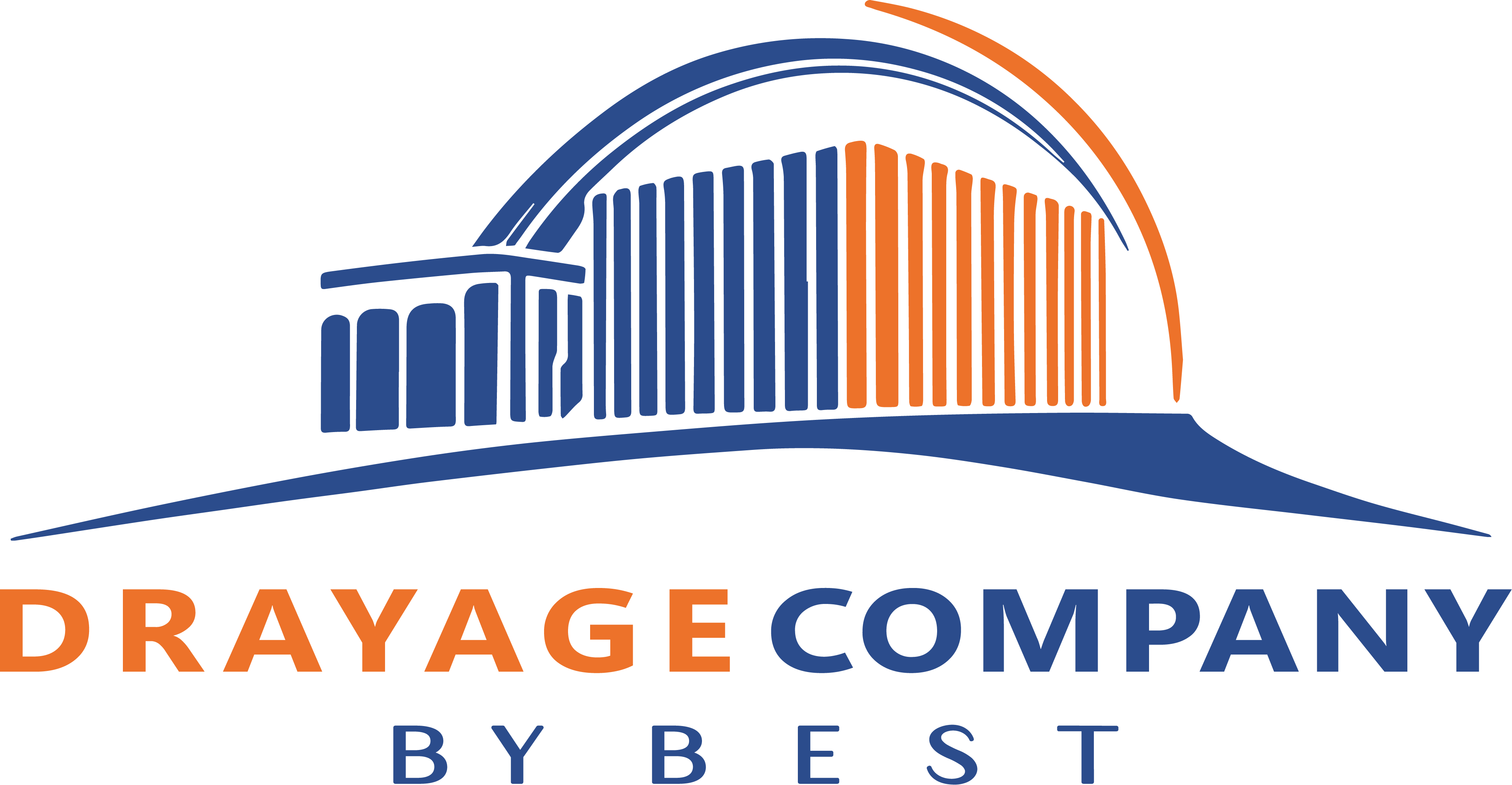Key Takeaways | Reduced Shipping Cost, NYC |
✔ Small businesses often face higher average shipping costs due to limited negotiating power, smaller shipment volumes, and hidden carrier fees.
✔ Smart drayage solutions—like route optimization, consolidation, and flexible scheduling—can significantly reduce logistics expenses.
✔ Partnering with regional drayage providers, such as Drayage Company by Best in New York, offers cost savings, reliability, and local expertise compared to larger carriers.
✔ Beyond drayage, businesses can further lower shipping costs through packaging optimization, carrier negotiations, and multimodal shipping strategies.
✔ Proactively addressing drayage and logistics inefficiencies helps small businesses improve delivery speed, reduce unnecessary fees, and strengthen customer satisfaction.
Running a small business today means balancing tight budgets with big customer expectations—and one of the biggest challenges is shipping. For many small business owners, shipping costs can quickly eat into profit margins, making it harder to compete with larger companies that enjoy bulk discounts and sophisticated logistics networks.
If you’ve ever wondered why your expenses are climbing or how the average shipping costs for small businesses compare to your own, you’re not alone.
The good news? There are smarter ways to approach logistics. By rethinking the role of drayage—the short-distance transport that connects ports, rail yards, and warehouses—small businesses can uncover hidden opportunities to lower shipping costs and streamline their supply chains.
Table of Contents

Understanding Shipping Costs for Small Businesses
Shipping costs are more than just carrier fees—they include fuel surcharges, handling charges, packaging, and even hidden penalties like delays or storage. For small businesses, these expenses add up quickly and often feel unpredictable, making it difficult to budget accurately. In fact, the average shipping costs for small businesses can account for a significant portion of overall operating expenses, which is why understanding the full picture is the first step toward controlling them.
What Are the Average Shipping Costs for Small Businesses?
While costs vary by industry and location, most small businesses spend a substantial share of revenue on shipping. For example, e-commerce companies often dedicate 10–20% of each order’s value to shipping, while brick-and-mortar retailers with online stores may spend even more.
Factors such as package weight, shipping distance, carrier surcharges, and delivery speed all influence the final price. Knowing these averages helps small business owners benchmark their expenses against competitors and spot opportunities for savings.
Why Small Businesses Struggle with Shipping Expenses
Large corporations can negotiate bulk discounts with carriers and spread costs across higher order volumes. Small businesses, on the other hand, typically:
- Lack bargaining power when negotiating shipping rates.
- Face higher per-unit costs due to smaller shipment sizes.
- Struggle with unexpected fees like fuel surcharges, dimensional weight pricing, or last-mile delivery charges.
The Role of Drayage in the Supply Chain
When most small business owners think about shipping costs, they focus on carriers, packaging, and delivery speed. But one often-overlooked factor that has a major impact on expenses is drayage—the short-distance transportation that connects ports, rail yards, and warehouses. Understanding drayage and managing it effectively can be a game-changer in the quest to reduce shipping costs for small businesses.
What Is Drayage and Why It Matters
Drayage is the process of moving goods a short distance—often the critical “first mile” or “last mile” between a port, rail terminal, or warehouse. While it may seem like a small piece of the logistics puzzle, it plays a massive role in the overall supply chain. If drayage is poorly managed, shipments stall, fees accumulate, and overall costs skyrocket.
For small businesses, efficient drayage means:
- Faster movement of goods from the port to the warehouse or distribution center
- Reduced risk of supply chain bottlenecks.
- Lower exposure to hidden fees and delays that drive up costs.
Simply put, smart drayage solutions help lower shipping costs by eliminating waste, optimizing timing, and ensuring goods flow smoothly through each step of the supply chain.
The Hidden Costs of Poor Drayage Management
Overlooking drayage can lead to some of the most expensive and frustrating fees in logistics. Two of the most common are:
- Demurrage fees – These occur when containers sit too long at a port or terminal, racking up charges by the day.
- Detention fees – These are penalties for holding onto carrier equipment, like trailers or containers, longer than the allowed time.

Smart Drayage Solutions to Lower Shipping Costs
Small businesses don’t always have the luxury of big budgets or dedicated logistics teams, but smart drayage strategies can make a huge difference. By approaching drayage more strategically, you can uncover multiple ways to reduce shipping costs while improving efficiency.
Route Optimization and Consolidation
One of the easiest ways to cut costs is through route optimization. By analyzing routes with logistics software, businesses can reduce empty miles, minimize fuel usage, and ensure drivers take the most efficient paths.
Consolidation is another powerful strategy—combining multiple shipments into a single drayage run saves money on trips, reduces wear and tear, and lowers carbon emissions. For small businesses, this translates to fewer bills and more predictable shipping costs.
Partnering with Regional Drayage Providers
Large national carriers may offer convenience, but they often come with higher rates and rigid schedules. Working with regional drayage providers gives small businesses access to local expertise, flexible service, and more competitive pricing. Regional partners can often move containers faster and more efficiently, helping businesses lower shipping costs while avoiding the delays that often plague bigger carriers.
Leveraging Technology and Real-Time Tracking
Technology has revolutionized logistics, and drayage is no exception. Real-time tracking tools provide visibility into container status, driver availability, and delivery progress. This visibility allows small businesses to anticipate disruptions and make adjustments before costs spiral. AI-driven platforms take it a step further by predicting delays, optimizing delivery times, and helping companies make data-backed decisions that keep average shipping costs for small businesses under control.
Flexible Scheduling to Avoid Peak Fees
Timing matters in logistics. Drayage providers often charge higher rates during peak hours, while ports and rail yards become congested. By scheduling off-peak pickups and deliveries, small businesses can save significantly. Coordinating drayage schedules with port and terminal operations helps avoid costly wait times, detentions, and overtime labor fees—all of which contribute to inflated shipping costs.
Practical Ways to Reduce Shipping Costs Beyond Drayage
While drayage is a critical piece of the puzzle, small businesses can go even further by tightening up other aspects of their logistics strategy.
Negotiating with Carriers
Carriers expect negotiation, and small businesses that take the time to discuss rates often see major savings.
- Bundling shipments to secure better volume discounts.
- Entering long-term contracts that lock in favorable rates.
- Comparing multiple carriers to identify the most cost-effective partner.
Packaging Optimization
Dimensional weight pricing means that carriers charge not just for package weight but also for size. By rethinking packaging design, businesses can reduce empty space, cut costs, and even lower returns from damaged goods. Lightweight, eco-friendly packaging materials not only save money but also support sustainability efforts—something customers increasingly value.
Exploring Multimodal Shipping Options
Flexibility in shipping modes can balance cost and speed. For example:
- Rail offers cost savings for longer hauls.
- Trucking provides flexibility for short to mid-range transport.
- Air shipping ensures speed when deadlines are tight, though at a higher cost.
By blending these modes strategically, small businesses can better manage average shipping costs while meeting customer expectations.
Frequently Asked Questions (FAQs)
1. What are the average shipping costs for small businesses?
The average shipping costs for small businesses can vary widely depending on order volume, package size, and delivery speed. On average, small businesses spend 10–20% of each order’s value on shipping. This makes finding ways to reduce costs—such as through smart drayage solutions—an essential part of staying profitable.
2. How can small businesses lower shipping costs without sacrificing delivery speed?
Small businesses can lower shipping costs by optimizing packaging, consolidating shipments, and negotiating with carriers for better rates. Drayage solutions are especially helpful, as they reduce delays at ports and warehouses, cutting both expenses and delivery times.
3. What are the most effective ways to reduce shipping costs for small businesses?
Some of the best ways to reduce shipping costs include:
- Partnering with regional drayage providers.
- Using technology for real-time tracking and route optimization.
- Exploring multimodal shipping (rail, truck, and air).
- Redesigning packaging to minimize dimensional weight charges.
4. Why is drayage important for controlling small business shipping costs?
Drayage—the short-distance transport between ports, rail yards, and warehouses—can have a major impact on shipping costs for small businesses. Poorly managed drayage often leads to costly fees like demurrage and detention. By working with reliable drayage providers, businesses can eliminate these hidden expenses.
5. How can a New York drayage provider help small businesses reduce costs?
For businesses in New York, working with a regional partner like Drayage Company by Best ensures faster container movement, flexible scheduling, and local expertise. This helps small businesses reduce shipping costs while avoiding the delays and high rates often associated with larger carriers.

Smarter Logistics for Long-Term Savings
For many small businesses, shipping costs often feel like a fixed burden. But the reality is that with the right approach, those expenses can be significantly reduced. From smarter drayage planning and stronger carrier negotiations to packaging improvements and multimodal shipping, there are countless opportunities to cut costs and boost efficiency.
If your business is based in New York, partnering with an experienced provider like Drayage Company by Best can give you the local expertise, reliable scheduling, and cost-effective solutions needed to stay competitive. Our regional knowledge and technology-driven approach make us a valuable partner for small businesses that want to keep expenses in check without sacrificing service quality.
Now is the perfect time to review your logistics operations, strengthen your partnerships, and adopt smarter shipping practices. By doing so, you’ll gain more control over your costs, improve customer satisfaction, and set your business up for long-term success.

